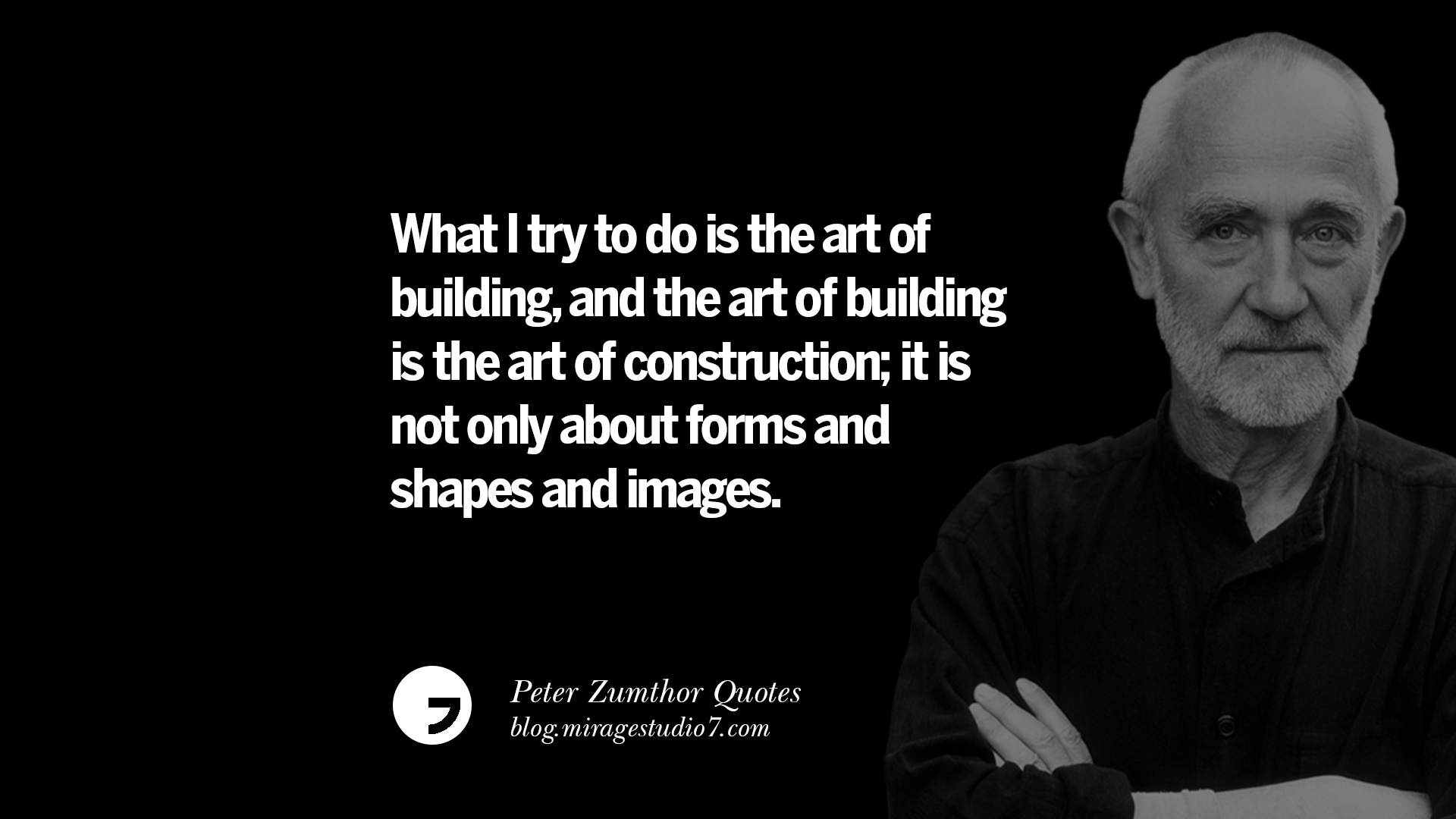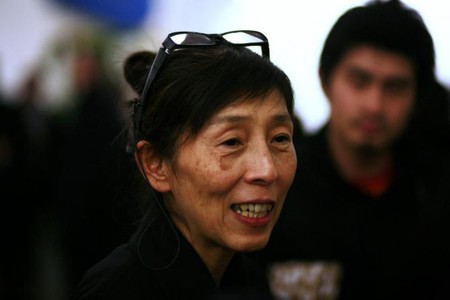What is an architect
A natural or legal person authorized to use, exclusively, the title of architect and to practice architecture in a province or territory.
The most basic definition that we can give of an architect is that of a professional qualified to design the built objects of our public and private landscapes and to give advice on them – both aesthetically and technically. . Such a definition, however, only scratches the surface of the role of the architect. Architects are trusted advisors who take on a holistic role that combines diverse requirements and disciplines in a creative process while serving the public interest and considering health and safety issues.
Perhaps it would be better to describe architects as conductors who take the lead in the efforts to reconcile all the objectives of a building or a constructed structure and who know how to find solutions by resorting to:
their artistic imagination and their creative vision, to design spaces in which their ideas and techniques – represented by form, light, textures, materials and colors – come together to meet our aesthetic, spiritual needs and cultural;
their practical and technical knowledge, to create safe, efficient and sustainable spaces that meet our economic needs;
their skills in interpersonal communications, their understanding of psychology and their ethical behavior, to create spaces that meet the complex and sometimes even divergent needs of clients, users and the community.
NEEDED SKILLS TO BECOME AN ARCHITECT
As architects, our job is to uncover what’s hidden…in a place, in our clients, in the materials we use. We’re taught to make our discoveries visible and tangible. We’re taught to give the silent a voice. To do this, we explore, analyze, consider, dissect, unearth and seek to understand the meaning of things which are often hiding in plain view. Finding a muse is one of the best tools I’ve discovered to teach the depth of research and skill required to become a more thoughtful designer. A muse will teach you how to truly see like an architect.
- Learning to see :
- A basic skill architects should have is interpreting things from their environement or their imagination into drawings and physical models. Travelling is one of the most helpful things for architects’ creativity. Architecture and travel go together. Architects are creative; hence, there is a constant hunger for a source of inspiration. Architecture is also a ‘profession of travellers’, knowing about random things all over the globe. A place becomes notable or worthy of visiting, because of its architecture. There are numerous reasons why travelling is one of the top priorities of architects. Architects should also learn to see all the aspects a building: the light, the surrounding, the construction process, the view…
- Learning to think :
- It is the desire for change and enovation that creates new ideas. Otherwise, if we are satisfied with our needs, we will live in the same old buildings. That’s why architects should be curious, suspitious and critical.
- Learning to create :
- it’s learning the skill of understanding the clients’ needs and translating their ideas into real projects.
Peter Zumthor:

“If a work of architecture consists of forms and contents that combine to create a strong fundamental mood powerful enough to affect us, it may possess the qualities of a work of art. This art has, however, nothing to do with interesting configurations or originality. It is concerned with insights and understanding, and above all truth. Perhaps poetry is unexpected truth. It lives in stillness. Architecture’s artistic task is to give this still expectancy a form. The building itself is never poetic. At most, it may possess subtle qualities, which, at certain moments, permit us to understand something that we were never able to understand in quite this way before.”
― Peter Zumthor, Thinking Architecture
Kazuyo Sejima :

Sejima was born in 1956 in Ibaraki, near Tokyo. As a young child, she saw a picture of a house designed by the legendary Kazuo Shinohara, and its beauty enthralled her to such an extent that she resolved to study architecture at university. She finally realized this dream in the late 1970s at Japan Women’s University, and went on to work for internationally renowned architect Toyo Ito. In 1987 she decided to forge a reputation alone, and founded Kazuyo Sejima and Associates. Her first solo projects reveal a preoccupation with transience and neutrality. “Couldn’t we look at a site as a place on which actions happen to pass by?” she said of her series of Platform Houses in Katsuura. “Architecture could be a temporary phenomenon that appears in an action-maker’s awareness and images, while actions move across the locale.” This distinctive vision won her the Japan Institute of Architects’ Young Architect of the Year Award in 1992.
-some of her work:


SANAA KAZUYO SEJIMA + RYUE NISHIZAWA
Alfonso Munoz Cosme :

A major exhibition in Paris commemorates the second centenary of the birth of Eugène Emmanuel Viollet-le-Duc (1814-1879). A great architect and theorist of architecture, he studied medieval architecture and came to possess extensive knowledge thereof, putting it into numerous publications. Scientific development in the 19th century, with disciplines like the comparative anatomy and paleontology of Georges Cuvier, made him think of the possibility of compiling a taxonomy of architecture and reconstructing evolutional changes of a style.
This is what led him to say: “To restore a building is not to take care of it, repair it, or remake it, but to return it to a finished state which may in fact never have actually existed.”
His work on monuments began with the Church of La Madelaine de Vézelay and continued with the intervention in Notre-Dame de Paris, Saint-Sernin de Toulouse, the walls of Carcasonne, and the castle of Pierrefonds. In his interventions he used a neo-Gothic language, often inserting it in an old work without differentiation, which was widely criticized…
Alberto Campo Baeza :

‘Being an architect’ requires strength of character. It’s rather like ‘being a doctor’: either you are or you are not. Maybe that’s why these two degrees, Medicine and Architecture, have so much in common. They are vocational, they take longer to study and require greater maturity – something that those who make our education laws seem to be unable to understand. An architect is a creator and a thinker, someone who creates buildings in his or her imagination and thinks up structures that can be built. An architect is a builder, someone who materialises ideas, thinks through them to build them. An architect is a dreamer, an artist, a technician. Not a composer of forms. Not a simple builder of materials. Not someone frivolous and haphazard. To be an architect means being capable of transforming a house into a dream and at the same time being capable of transforming a dream into a house.

An architect is like a doctor, who diagnoses wisely and without haste. Like a chef, who combines ingredients in an informed way. Like a poet, who places words in such a way that they can thrill us. With the same words one can create a beautiful poem or a load of rubbish. This is also true in architecture: with the same materials one can build an uninteresting piece of architecture, or a stunning building that can really stop us in our tracks. To be a good architect you don’t need to have a kind of neurotic obsession with seeing buildings everywhere – of which there are a limited number of very good examples, and rather bad ones in abundance. All you need to grasp and hold on to are the concepts of space and light. ‘The building awoke every morning to the call of the sunlight that came to visit it every single day’, wrote American writer Henry James about the Pantheon in Rome.
-Pieces of advice given by Alberto Campo Baeza :
Draw. Draw everything. Keep a pocket notebook and a pencil or a fine ballpoint to draw everything you think can help you as an architect, from buildings or squares you like to everything that lives on your desk. Draw passers-by. Draw your other hand – the one you don’t draw with. Draw with the hand you don’t draw with. Try to make your drawings analytical and expressive. See, observe, draw. And if you like painting, paint.
Take photographs. Photographs of everything. And be analytical too, just like with your drawings. Play around with a camera and enjoy the results. You will start to understand the importance of light in the perception of space. See, look, photograph.
Think. Analyse everything. Think over everything you see that you think is related to architecture, space and light. Try to work out the reasons why such and such a building does or doesn’t appeal to you, not just whether you like or dislike it. You will surprise yourself. Architecture is amazingly logical.

Write. Jot down everything. Write down what goes through your mind. It’s the best way to complete the process of drawing, taking photographs and thinking. Try to relate your reasoning to what you have learnt in classes of history of art or philosophy or literature. Writing forces you to reason and to organise your reasons. I advise you to keep another notebook, not your drawing book, for writing all this down. And if you manage to get something published that you have written, even if it’s only in the school magazine, this will encourage you and boost your morale. Try to be precise with your words, keep your writing orderly and clearly understandable. Write poetry too, it will help you fine-tune your ideas.
Read. Read lots and enjoy what you read. Not only about architecture but about everything you like and that interests you. Especially poetry. And understand how close it is to architecture, translating ideas with words placed in such a way that they make us dream. And analyse the internal order of these words. Cry with Ulysses when you read The Iliad and The Odyssey. Laugh with Don Quixote of La Mancha. From the most recent novels you have read, select passages in which architectural themes are described in one way or another. Read them again with a fresh pair of eyes. There is a marvellous writer and philosopher, George Steiner, whose autobiography Errata I recommend. In it he tells how when he was small his father gave him lots of books to read, one by one. When he was reading, if there was a passage that he didn’t quite understand, he had to read it aloud. If after that he still didn’t understand, he had to write it down. In the end there wasn’t a text that he didn’t understand. A delightfully simple, straightforward and educational exercise: try using it in architecture and in life.